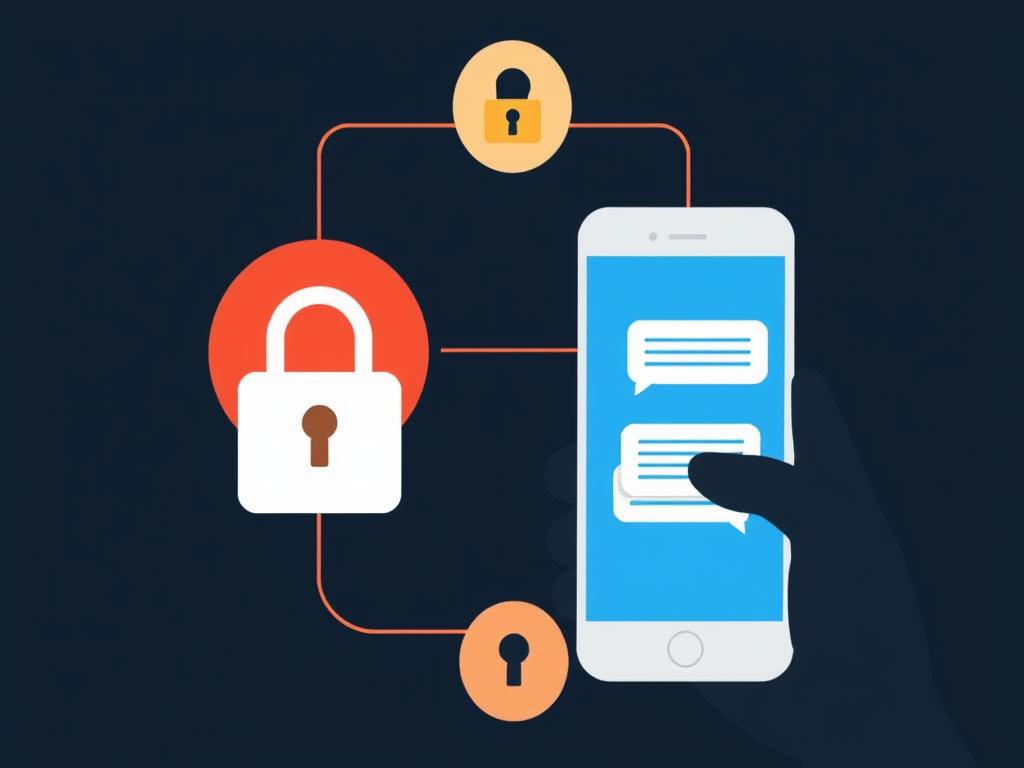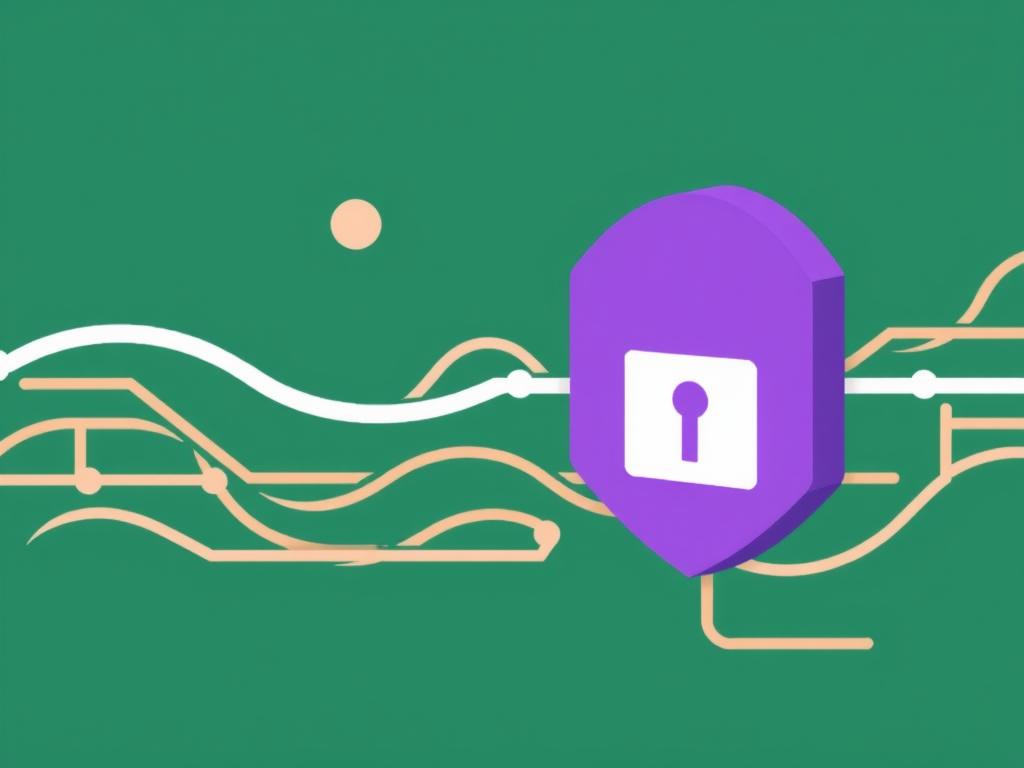In an increasingly connected world, privacy and security have become crucial concerns for anyone using messaging apps. The traditional internet architecture depends heavily on centralized servers that often leave communication vulnerable to interception, monitoring, or data breaches. This is where meshnet messaging apps with end-to-end encryption enter the scene, offering a decentralized alternative that empowers users to own their data and conversations. But what exactly is end-to-end encryption, and how does it enhance the privacy of meshnet messaging apps? Let’s take a deep dive into this exciting technology, exploring how it works, why it matters, and what the future holds for secure, decentralized communication.
What is Meshnet Technology?
Meshnet technology is a decentralized network structure where devices connect directly to each other instead of routing communication through centralized servers. Imagine a web where each node (device) both sends and receives data, passing information through multiple interconnected devices until it reaches its destination. This peer-to-peer nature drastically reduces reliance on traditional internet infrastructure controlled by ISPs or data centers and offers enhanced resistance against censorship, outages, and surveillance.
The beauty of meshnet messaging apps lies in their ability to create ad hoc networks, especially in situations where traditional connectivity is unavailable or unreliable—for example, during natural disasters or in remote areas. Meshnets can operate flawlessly without internet access by establishing direct connections via Wi-Fi, Bluetooth, or other local communication protocols.
Benefits of Decentralization in Messaging
- Enhanced Privacy: No central server stores your messages, which means fewer points of data collection for third parties.
- Improved Resilience: Meshnets can continue functioning even if parts of the network go offline.
- Control Over Data: You decide where your information lives and how it flows.
Understanding End-to-End Encryption (E2EE)
End-to-end encryption is a method of securing communication where messages are encrypted on the sender’s device and decrypted only on the recipient’s device. Not even the service provider or any intermediate network participant can read the content. This is fundamentally different from encryption methods that only protect data in transit or at rest on a central server, potentially exposing sensitive information.
When you use a meshnet messaging app with end-to-end encryption, every message, voice note, or file you send gets encrypted before it leaves your device. Only the person you’re communicating with holds the decryption key, ensuring that the conversation remains private no matter how many devices or nodes the message passes through.
How Does End-to-End Encryption Work?

E2EE usually combines cryptographic techniques using:
| Encryption Technique | Description | Role in E2EE |
|---|---|---|
| Asymmetric Cryptography | Uses a pair of keys: a public key to encrypt data and a private key to decrypt. | Ensures only intended recipient can decrypt messages. |
| Symmetric Cryptography | Uses a single shared key to encrypt and decrypt messages. | Allows faster encryption and decryption after secure key exchange. |
| Key Exchange Protocols | Techniques like Diffie-Hellman enable secure sharing of symmetric keys. | Facilitates secure communication initiation. |
Together, these techniques form a secure “handshake” protocol, generating encryption keys that only participants know, while keeping the communication safe as it travels through the mesh network nodes.
Why End-to-End Encryption is a Must for Meshnet Messaging Apps
Meshnet messaging apps already offer the advantage of decentralization and anonymity by working outside traditional internet infrastructure. Yet, without end-to-end encryption, every node that relays your message could potentially inspect its contents. This is especially worrying if the node belongs to an untrusted party or if adversaries deploy surveillance hardware on the network.
By integrating end-to-end encryption, meshnet messaging apps guarantee confidentiality and authenticity. This means:
- Your messages remain unreadable to anyone besides you and your chat partner.
- Even if a malicious node captures your data, it cannot decipher it.
- Identity verification methods in some protocols prevent impersonation and man-in-the-middle attacks.
Challenges in Implementing E2EE on Meshnets
Of course, adding end-to-end encryption to meshnet messaging apps isn’t without hurdles. Some unique challenges include:
- Key management complexity: Since users connect dynamically in a decentralized network, distributing and verifying keys securely becomes more complicated.
- Performance trade-offs: Encryption algorithms require computational resources, which might tax devices with limited processing power.
- Usability concerns: Maintaining a smooth user experience while handling encryption transparently is difficult but vital.
Despite these challenges, many projects are innovating to create solutions combining top-tier encryption with the flexible, resilient nature of mesh networks.
Popular Meshnet Messaging Apps with End-to-End Encryption

Over the past few years, several messaging apps have emerged that leverage both meshnet architectures and robust end-to-end encryption protocols to deliver private and censorship-resistant communication experiences. Here are a few noteworthy examples:
| App | Mesh Networking | End-to-End Encryption | Unique Features |
|---|---|---|---|
| Session | Uses onion routing and decentralized nodes | Strong E2EE with Signal protocol | No phone number required, metadata-resistant |
| Briar | Operates over Bluetooth, Wi-Fi, and Tor | Strong E2EE with the Signal protocol | Works offline, suitable for restricted areas |
| Scuttlebutt | Peer-to-peer gossip protocol | E2EE via cryptographic key pairs | Distributed social networking features |
These apps illustrate how combining end-to-end encryption with meshnet technology creates messaging platforms that emphasize both high privacy standards and practical utility in disconnected or surveilled environments.
Future Trends in Secure Meshnet Messaging

The future of meshnet messaging apps secured by end-to-end encryption looks promising and full of innovation. As more people become aware of the value of decentralized communications, demand grows for apps that protect privacy without compromising usability. Developers and researchers are pushing boundaries to:
- Enhance cryptographic protocols to support group chats and multimedia securely.
- Improve key discovery and management systems that work effortlessly in ever-changing meshes.
- Integrate hardware-level encryption for better performance on low-end devices.
- Combine AI and machine learning to detect and mitigate network threats without exposing user data.
As these advancements mature, meshnet messaging apps will become an even more attractive choice for users worldwide who prioritize privacy, freedom, and security.
Conclusion
End-to-end encryption fundamentally reshapes the privacy landscape of meshnet messaging apps, turning decentralized communication into a fortress of confidentiality. By encrypting messages so only intended recipients can read them, these apps eliminate many vulnerabilities inherent in traditional messaging platforms. Coupled with the resilience and censorship resistance of meshnets, E2EE empowers users with control over their data, protects against surveillance, and fosters trust in an uncertain digital world. While technical challenges remain, the convergence of cryptography and mesh networking heralds a new era of private, secure, and decentralized messaging that’s more necessary than ever in today’s hyper-connected society. If you care about your digital privacy, exploring meshnet messaging apps with end-to-end encryption is a step toward reclaiming your communication freedom.
